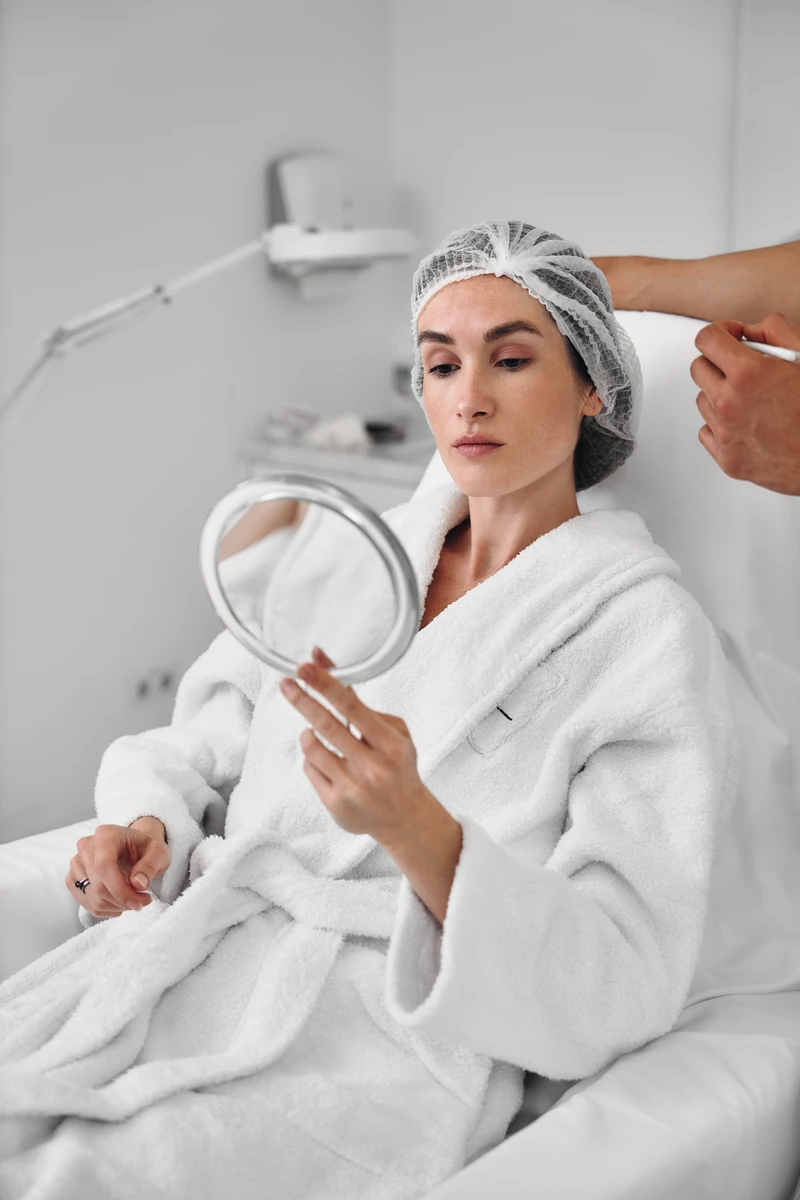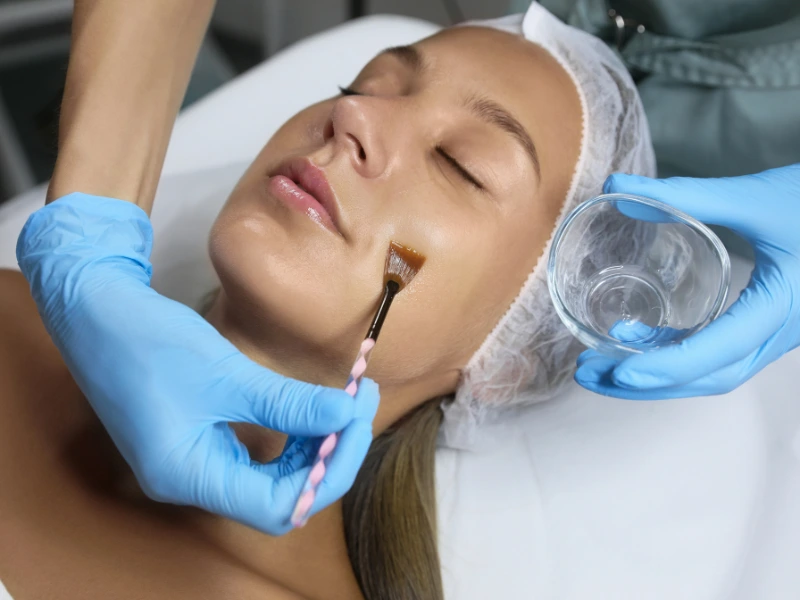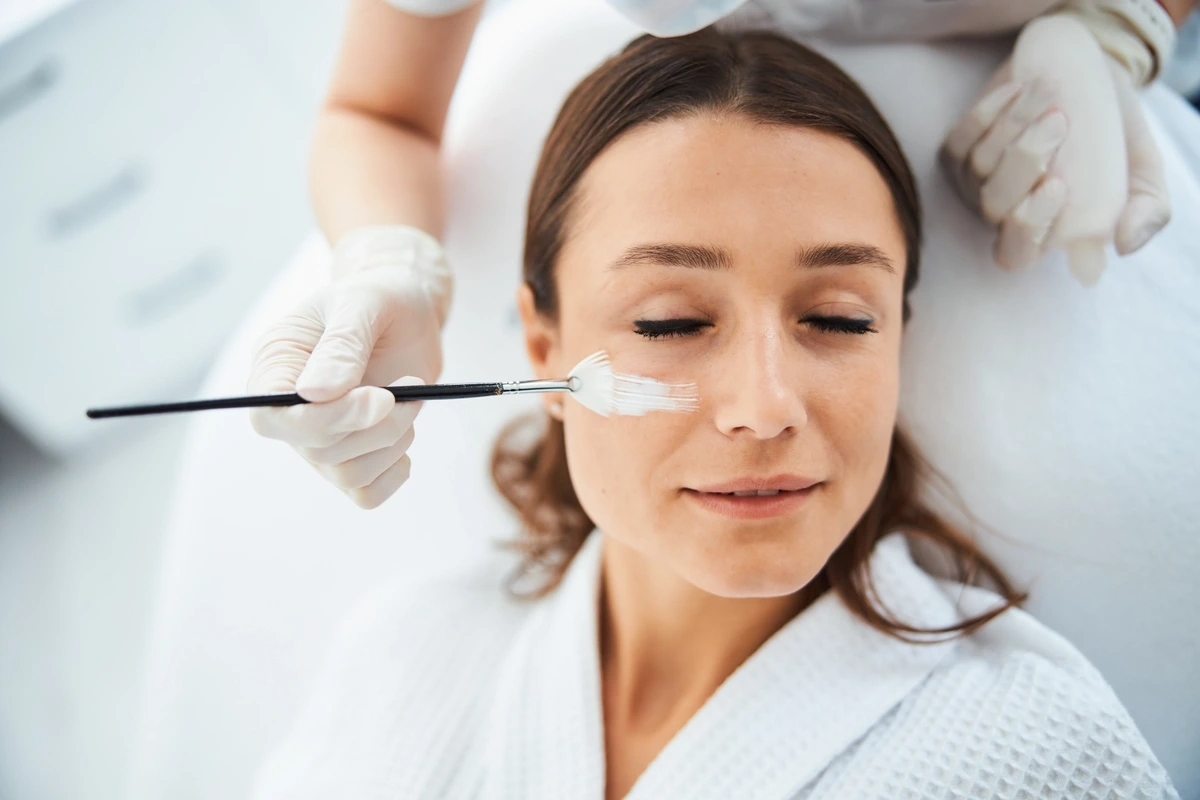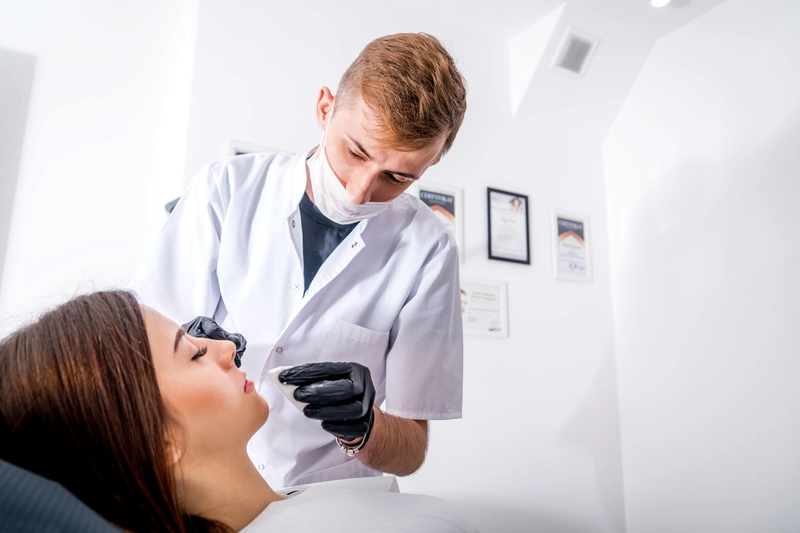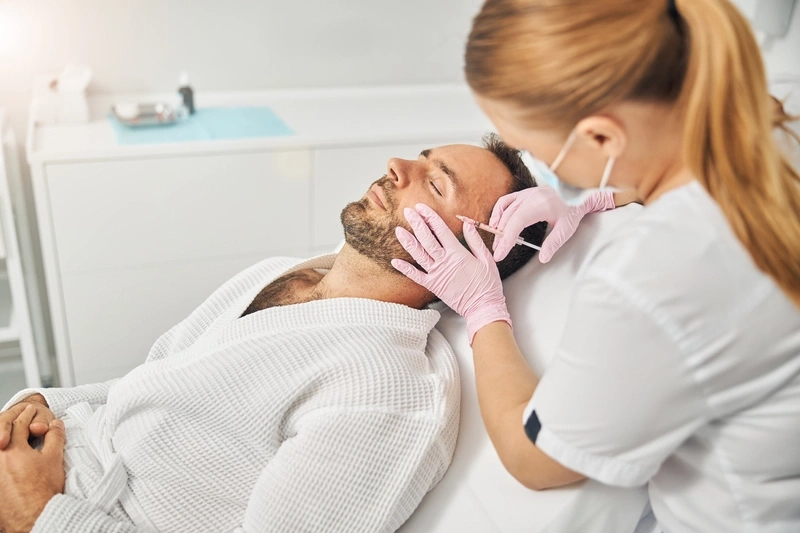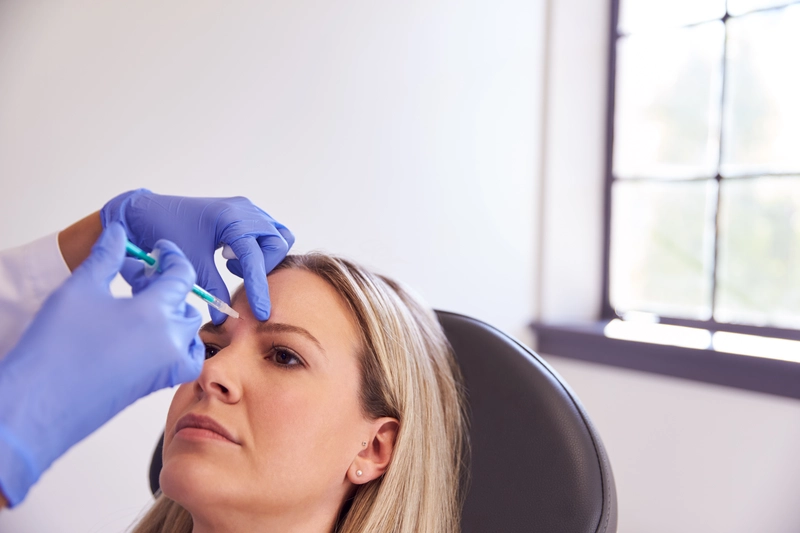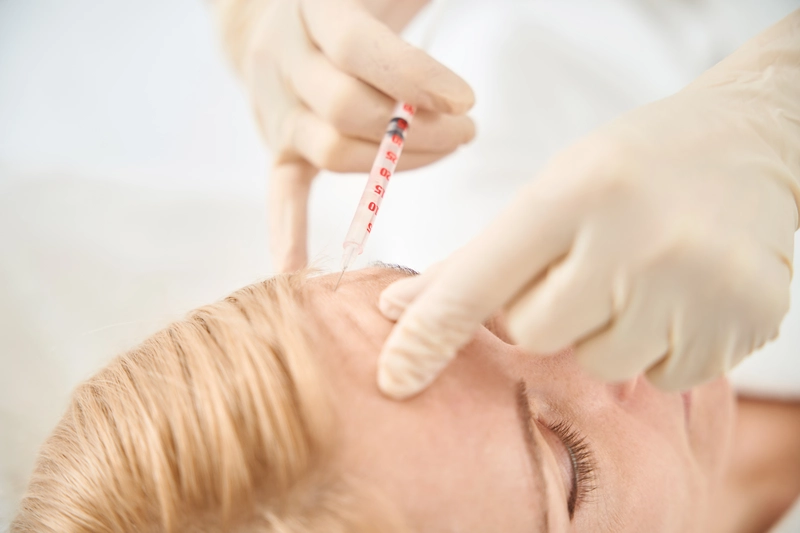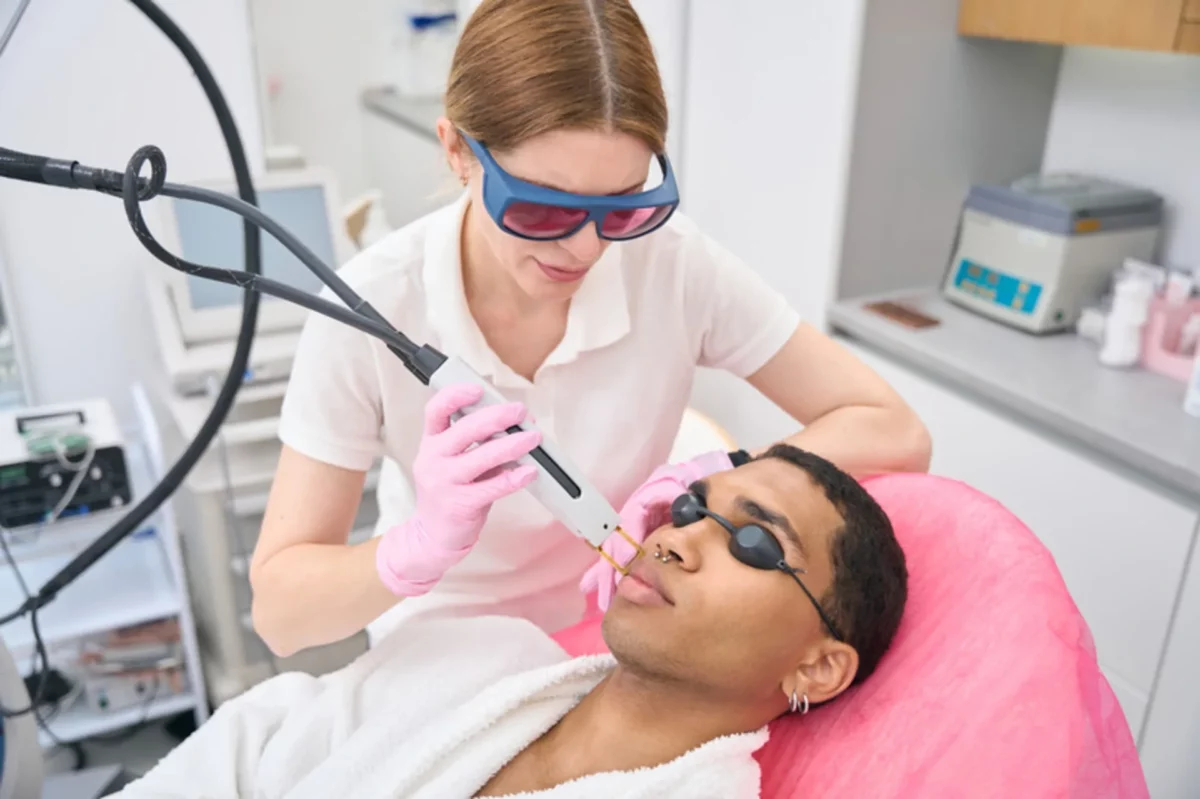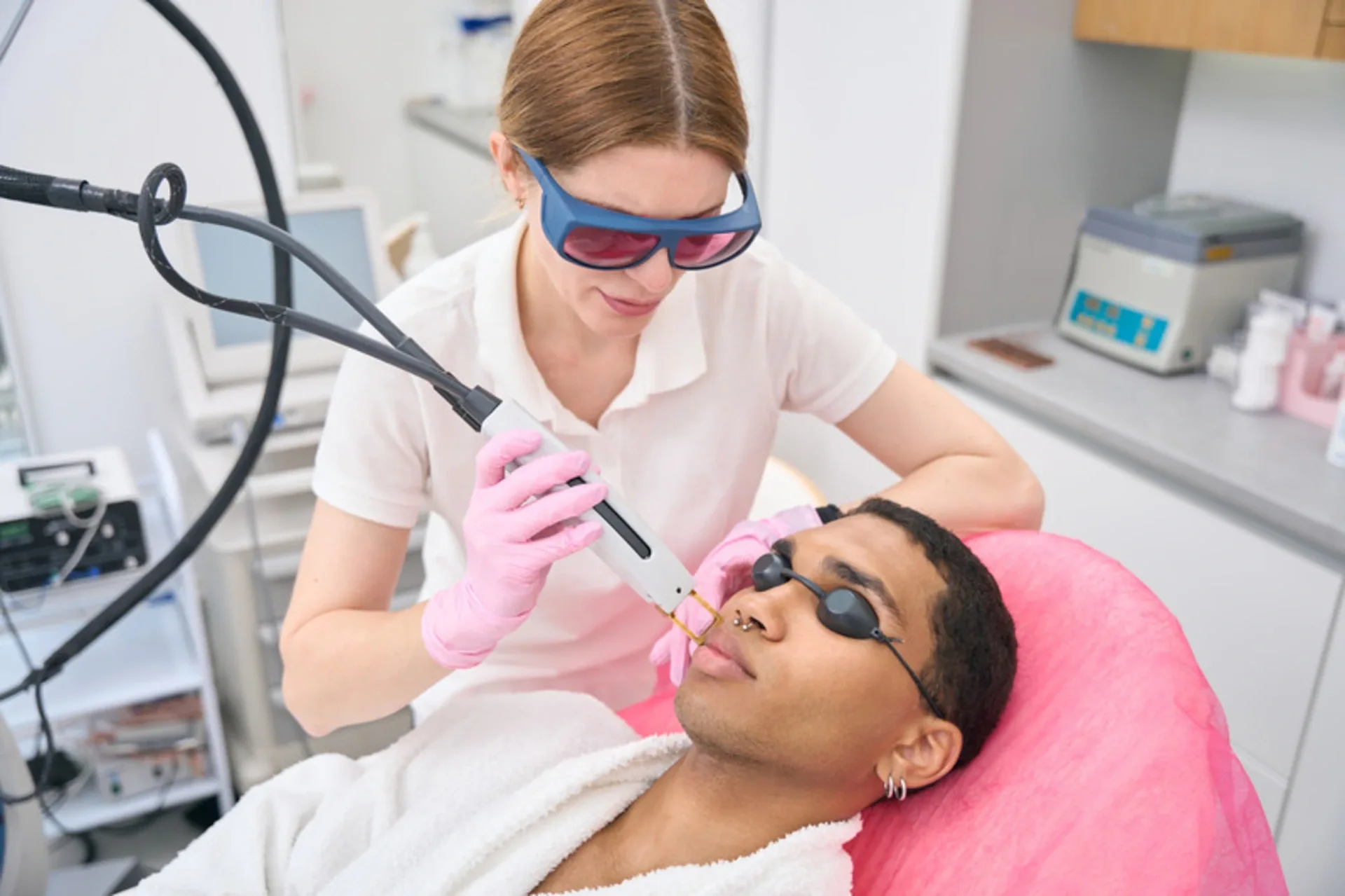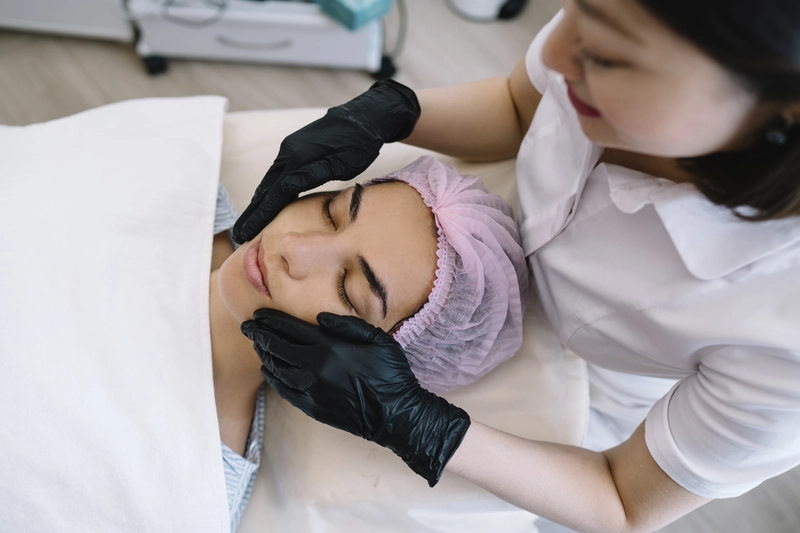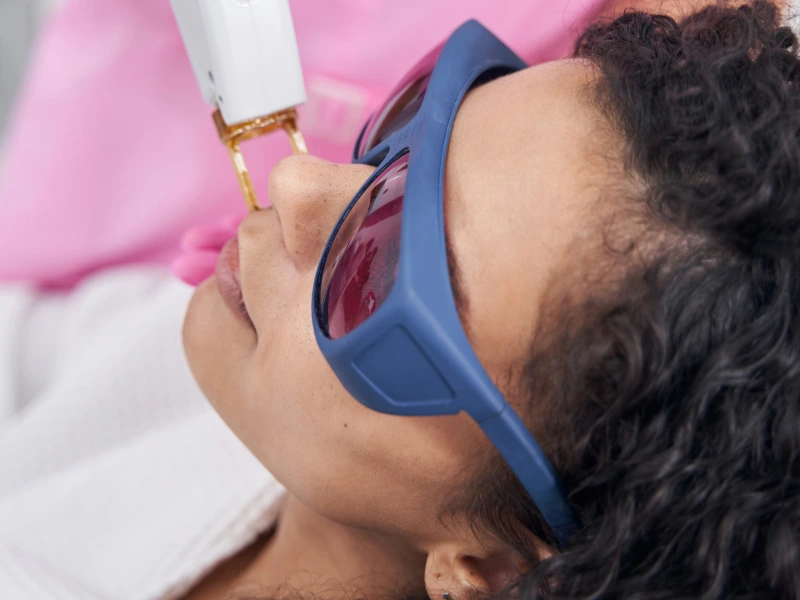IPL Photofacial Pros and Cons

- What is IPL Photofacial? A Bright Solution for Skin Concerns
- Pros and Cons of IPL Photofacial – What You Need to Know
- Important Considerations: Risks and Side Effects
- Your Guide to IPL Photofacial Recovery
- IPL Photofacial Cost – Is It Worth It?
- Can Everyone Get IPL? Find Out Here
- Frequently Asked Questions
- Is IPL Photofacial Right for You?
Experience the power of IPL Photofacial for smoother, clearer skin. Reduce sun damage, fine lines, and age spots.
Weighing the IPL Photofacial Pros and Cons for a Clearer Complexion
Struggling with sun damage, fine lines, or age spots? An IPL Photofacial might be the solution you’re looking for. This non-invasive treatment uses light energy to address specific skin concerns and enhance skin texture.
Many choose this treatment for its ability to deliver visible improvements with minimal downtime. It helps with broken capillaries, uneven skin tone, and pigmentation issues. However, like any procedure, it has both benefits and risks.
In this article, we’ll discuss IPL Photofacial pros and cons, how it works, and what to expect during IPL photofacial recovery. Understanding these details will help you decide if this treatment fits your skincare goals.
What is IPL Photofacial? A Bright Solution for Skin Concerns
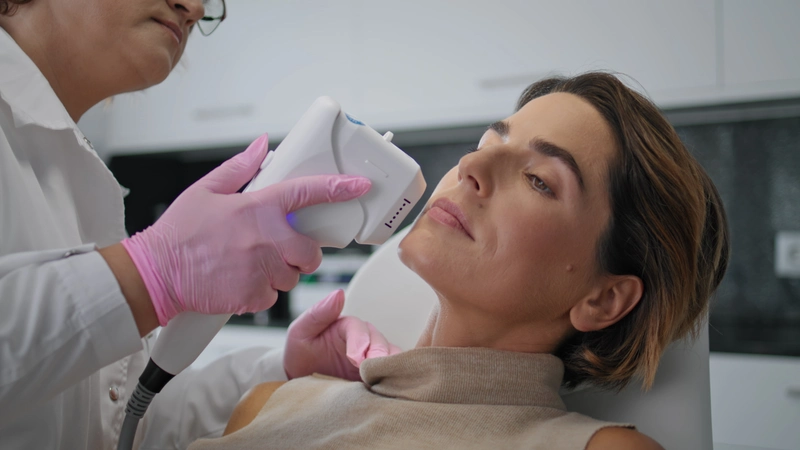
It’s a non-invasive skin treatment that uses intense pulsed light (IPL) to improve sun damage, fine lines, age spots, and broken capillaries. This advanced IPL procedure helps brighten and even out your skin tone without the need for surgery.
The treatment works by delivering light energy deep into the skin tissue, targeting pigmented cells and damaged blood vessels. The IPL photofacial machine emits multiple wavelengths of light, breaking down unwanted pigment and stimulating collagen production for firmer, smoother skin.
During the session, a cooling gel is applied, and a handheld device delivers pulses of intense pulsed light. Some may feel a mild snapping sensation, but the process is generally well-tolerated.

After treatment, the skin gradually eliminates dark spots and redness, revealing a clearer, more youthful appearance. Multiple sessions are usually required to achieve the optimal results.
Pros and Cons of IPL Photofacial – What You Need to Know
A popular treatment for improving skin texture and addressing specific skin concerns like sun damage and broken capillaries. While it delivers optimal results for many, it also comes with some potential downsides. Here’s a balanced look at the benefits of IPL photofacial and its limitations.
Pros
- Treats sun damage and pigmentation effectively
- Improves skin texture for a smoother look
- Stimulates collagen for long-term skin health
- Reduces broken capillaries and redness
- Quick procedure with minimal downtime
Cons
- Not suitable for all skin tones
- May cause mild redness or sensitivity after treatment
- Multiple sessions needed for best results
- Temporary discomfort during the procedure
- Requires sun protection after treatment
While Photofacial can enhance skin tissue and create a youthful glow, it’s important to weigh the pros and cons before deciding if it’s right for you
Important Considerations: Risks and Side Effects
IPL Photofacial is a safe and effective treatment, but like any procedure, it comes with potential risks. Understanding intense pulsed light side effects can help you make an informed decision. While most side effects are mild and temporary, some factors may increase risks.
Potential Side Effects
- Mild redness and irritation after treatment
- Temporary darkening of age spots before fading
- Skin sensitivity that requires sun protection
- IPL photofacial downtime may be longer for sensitive skin
- Slight swelling or discomfort, which usually subsides in a few hours
Who Should Avoid IPL?
- Those with recent sun exposure or tanned skin
- Individuals with certain medical conditions affecting skin tissue
- People with active skin infections or open wounds
- Those with very dark skin tones, as IPL may cause pigmentation issues
Most side effects resolve quickly, but following post-treatment care is essential for the best experience. Always consult with an expert before starting an IPL treatment to ensure it’s right for
Your Guide to IPL Photofacial Recovery
Understanding recovery helps you achieve the best results while keeping your skin safe. The healing process is simple, but proper care is key.
What Happens After Treatment?
- Mild redness and warmth, similar to a light sunburn
- Darkening of treated spots before they naturally flake off
- Skin may feel sensitive for a few days
How Soon Can You Resume Daily Activities?
Most people return to their daily activities immediately. However, avoid intense workouts, saunas, or heat exposure for at least 48 hours.
How to Get the Best Results?
- Apply SPF daily to prevent further sun damage
- Keep skin hydrated with a gentle moisturizer
- Hold off on using retinol and other strong products for a few days.
Most people notice improvements within a week, with optimal changes appearing over multiple sessions. Always follow expert advice for a smooth recovery.
IPL Photofacial Cost – Is It Worth It?

Many people wonder if it is worth the investment. The price can vary, but the results make it a popular choice.

What Affects the Cost of IPL Treatment?
✔ Treatment Area – Larger areas cost more than small targeted spots.
✔ Number of Sessions – Most people need multiple treatments for the best results.
✔ Clinic Location – Prices may vary depending on the provider and region.
✔ Technology Used – Advanced IPL treatment machines may impact the final price.
IPL is often more affordable than laser resurfacing or microneedling. It also treats multiple skin concerns at once, making it cost-effective.
Unlike temporary skincare solutions, IPL treatment offers lasting improvements in skin texture and age spots with proper maintenance.
When considering the treatment , it's essential to weigh its benefits against other treatments and your skin goals.
Can Everyone Get IPL? Find Out Here
Not everyone is the right candidate for IPL treatment. Those with darker skin tones or recent sun exposure may face risks like pigmentation changes. Individuals with active skin infections, open wounds, or certain medical conditions should also avoid it. Pregnant women and those taking medications that increase light sensitivity may not be suitable candidates either.
If you have sensitive skin tissue or a history of scarring, consult a professional before considering IPL. For those who cannot undergo IPL, alternatives like microneedling, chemical peels, or laser resurfacing may be better options. Always seek expert advice to find the safest treatment for your skin.
Frequently Asked Questions
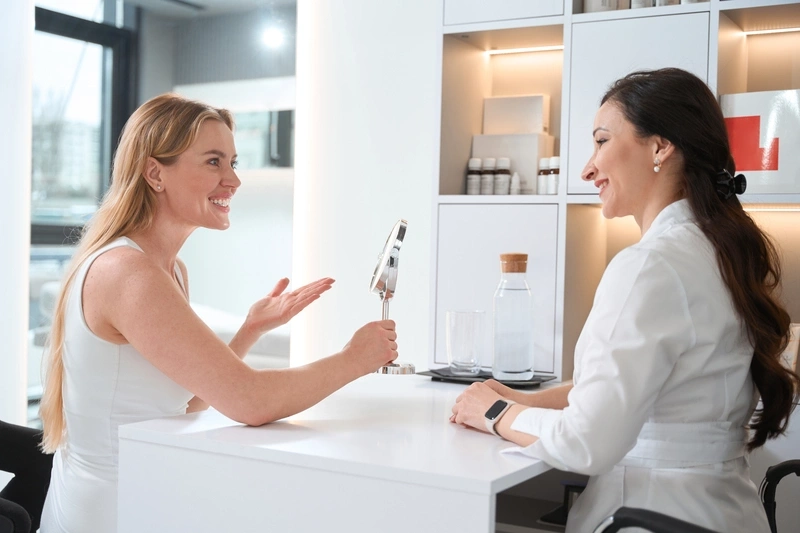
Is IPL Photofacial Right for You?

IPL photofacial offers many benefits, from improving skin texture to reducing sun damage. However, it may not be ideal for everyone. Understanding the IPL photofacial pros and possible risks helps in making the right choice.
A consultation with a professional is the best way to determine if IPL treatment suits your skin type and concerns. At Spade Skin Care, we provide expert guidance to ensure safe, effective results.
